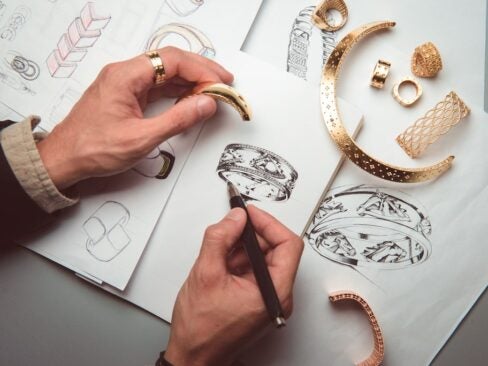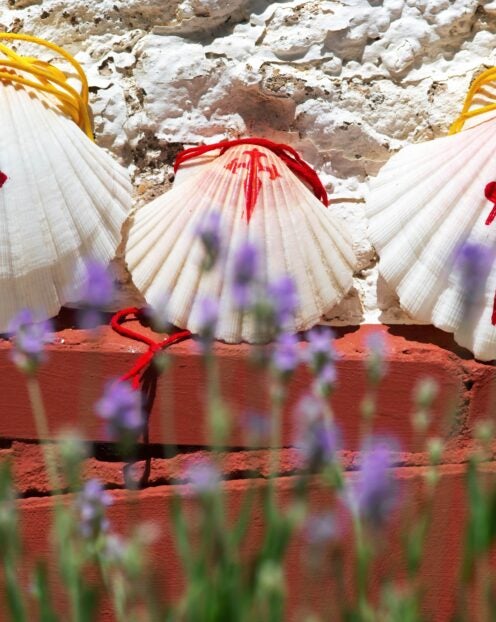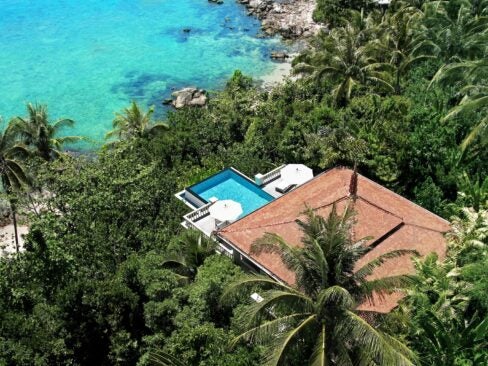
Expect to get lost. Focus on taking one step at a time. Repeat to yourself: ‘it’s the journey, not the destination.’ Soon, you’ll slip into the rhythm of an odyssey hiked by millions before you, a trek that enticed not just medieval Catholics but pre-Christian people, a journey that continues to awaken something stirringly profound within.
It doesn’t matter why you choose the Camino — some say, in fact, that it chooses you. Many walk it in times of transition. Some slog it as an athletic or social event. Others hoof it as a challenge or vacation. Some simply want to check it off their lifetime list of iconic adventures. But here’s the thing: it isn’t like just any walk. To ramble on the Camino is akin to a hero’s journey — it connects you to all those who have perambulated before you, even as it binds you to the throngs hiking next to you. Heart-to-hearts happen instinctively and spontaneously as you tread — even with hikers you’ve just met or travelers you walk with for only an hour or less. Some people share uninhibitedly; others move with you in companionable silences.
On this journey, there’s always something to learn, and words to impart. Most important, time on the Camino kindles a conversation with yourself. It changes you prodigiously — and not necessarily in the way you expected. I’ve hiked the Camino plenty of times, but never for the average five weeks it takes most pilgrims to reach the finish line at the storied Cathedral of Santiago de Compostela, part of the city’s Unesco World Heritage site, said to hold the remains of St James.
Instead, I’ve wended my way across northwestern Spain, north from Portugal, on trails through France and Germany, toward the goal. I’ve tromped along bits and pieces of the Camino as time allowed: 10 days, a week, three days, even afternoons or hours at a time. In truth, it’s the actual walking that matters most, a healing ritual in good times or bad. I’ve done the Camino luxuriously and I’ve experienced it rough. I’ve marched it solo and with friends. But I’d never hiked it with my husband before.
So, last September we joined an expertly led Backroads trip meant to highlight some of the most evocative sections of the mystical trail. One of the world’s top active travel companies, Backroads offers hundreds of outdoorsy itineraries in more than 50 countries. We chose from several of the upscale outfitter’s Camino offerings, opting to traipse from Porto to Santiago on a distilled version of the Camino Portugués. Our adventure (A Taste of Camino de Santiago Walking & Hiking Tour) incorporated some of the region’s most captivating sites, coupling them with characterful hotels.
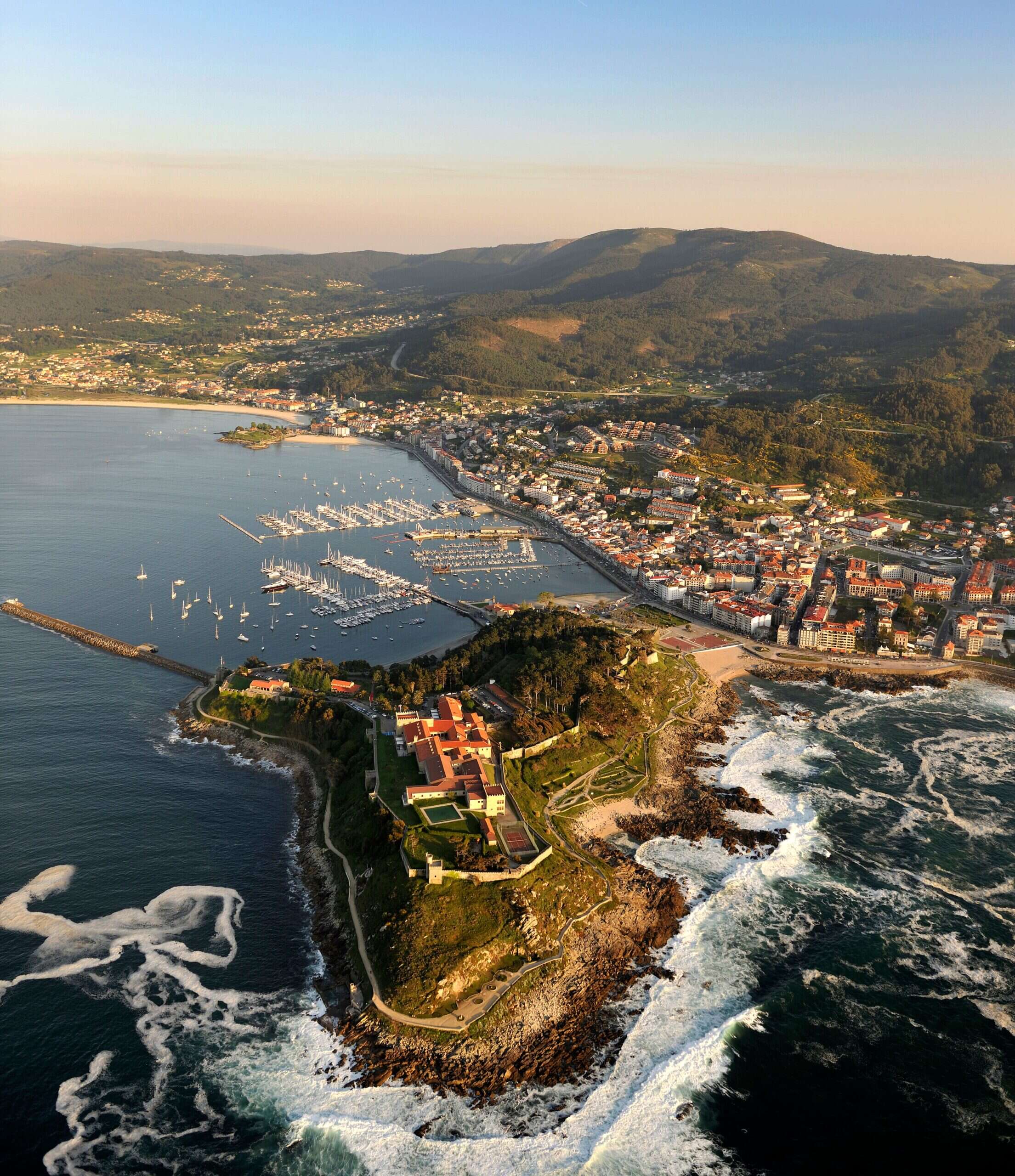
Day One
We arrive three days early to gad about in Lisbon, where the Camino Portugués actually begins, training for our hike on the city’s infamous hills. On our fourth afternoon, we take the train to Porto, preparing to meet our intimate Backroads group the following day. But first, we delve into Porto’s regal past at Pestana Palácio do Freixo, a restored Baroque monument hotel, planted on the banks of the Douro River.
The following morning, full of anticipation — even trepidation — we meet the guides and our fellow hikers: experienced trekkers, many of whom have been on numerous other Backroads adventures. We’re delighted to discover there’s no soft opening — we begin to trek through the Minho wine region immediately after a short drive. On one of the better-known stages of the Camino Portugués, we set off at our own pace.
Though our guides, Irene and Davide, stay in sight, we have downloaded Backroads’ useful hiking app, which details the route. We also stay alert for the Camino’s ubiquitous yellow arrows, revered symbols ever pointing the way. Slightly hilly, our path undulates through verdant farmland, edges vineyards and rivers, and passes through timeless villages.
More than once, we join sheep on the trail, while horses look on from flower-bedecked, white-painted cottages. Occasionally a farmer waves, calling out “Buen Camino.” This route is less trammeled than many I’ve hiked toward Santiago. Sometimes we feel we’re the only amblers on the trail, though a few pilgrims on bikes whip by us.
The quietude allows us to be ruminative, to yield to nature’s soothing spell. At one point we stop at a crossroads to get our bearings. To the left, we spy an archetypal pilgrim meandering towards us. Like a character from central casting, he’s completely decked out in Camino accessories and symbols: walking stick, scallop shell dangling from a red string, wide-brimmed pilgrim’s hat and a hollowed-out gourd (used for holding water in bygone times). The official Camino passport peeks from his pocket. Only his walking shoes and windbreaker read as modern.
We follow him with zeal. About three miles in, we break for lunch at a centuries-old manor house and winery, where the owner shares his house-made wine and port to complement a feast of regional fare (and Portugal’s national dessert, pastel de nata). We eat on stone tables in the garden, mesmerized by the vista. After lunch, we continue to Ponte de Lima, the oldest town in Portugal, where we catch a ride to Torre de Gomariz, a design-centric wine hotel, surrounded by vineyards.
Total distance walked for the day: 10 miles
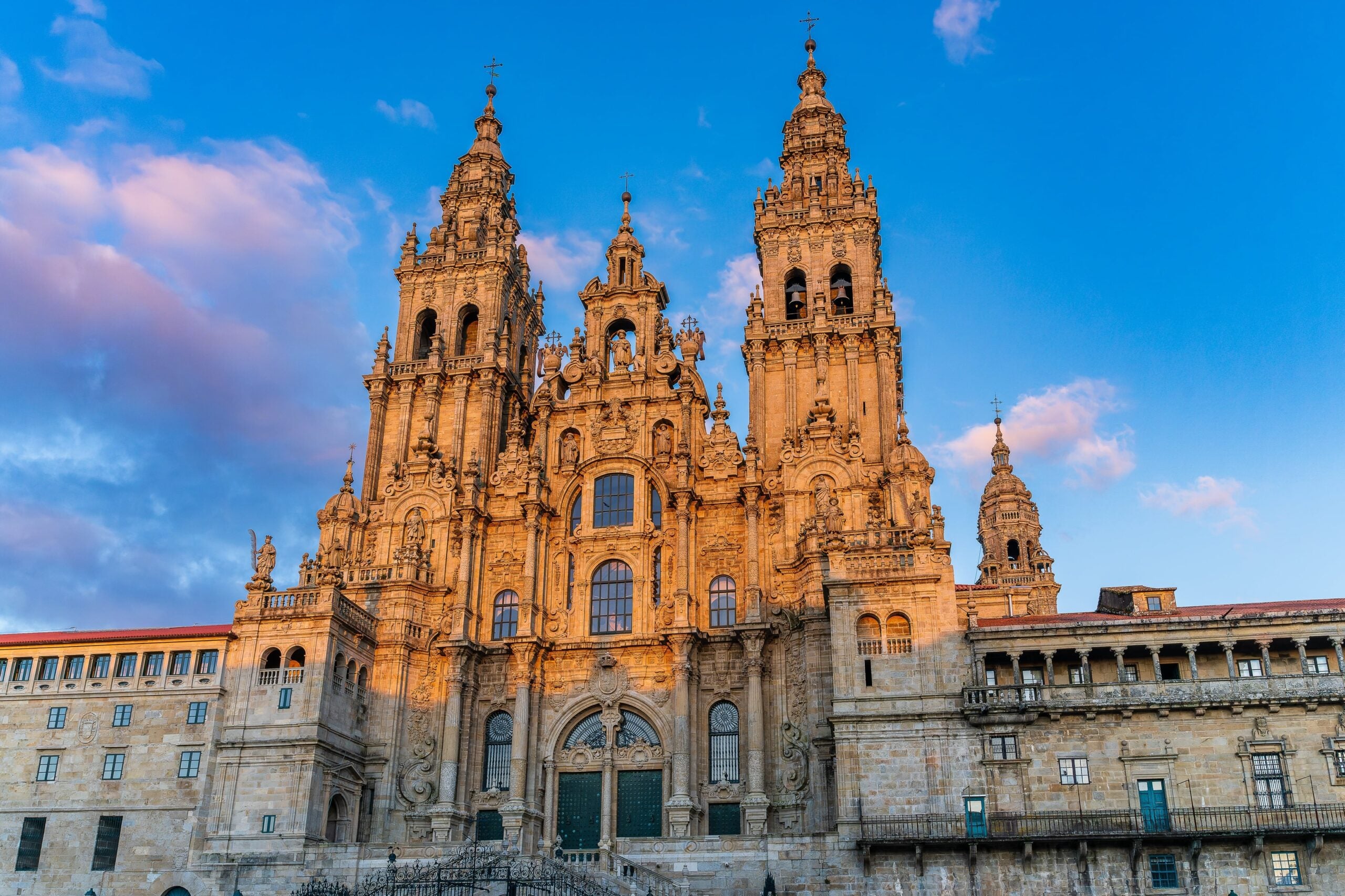
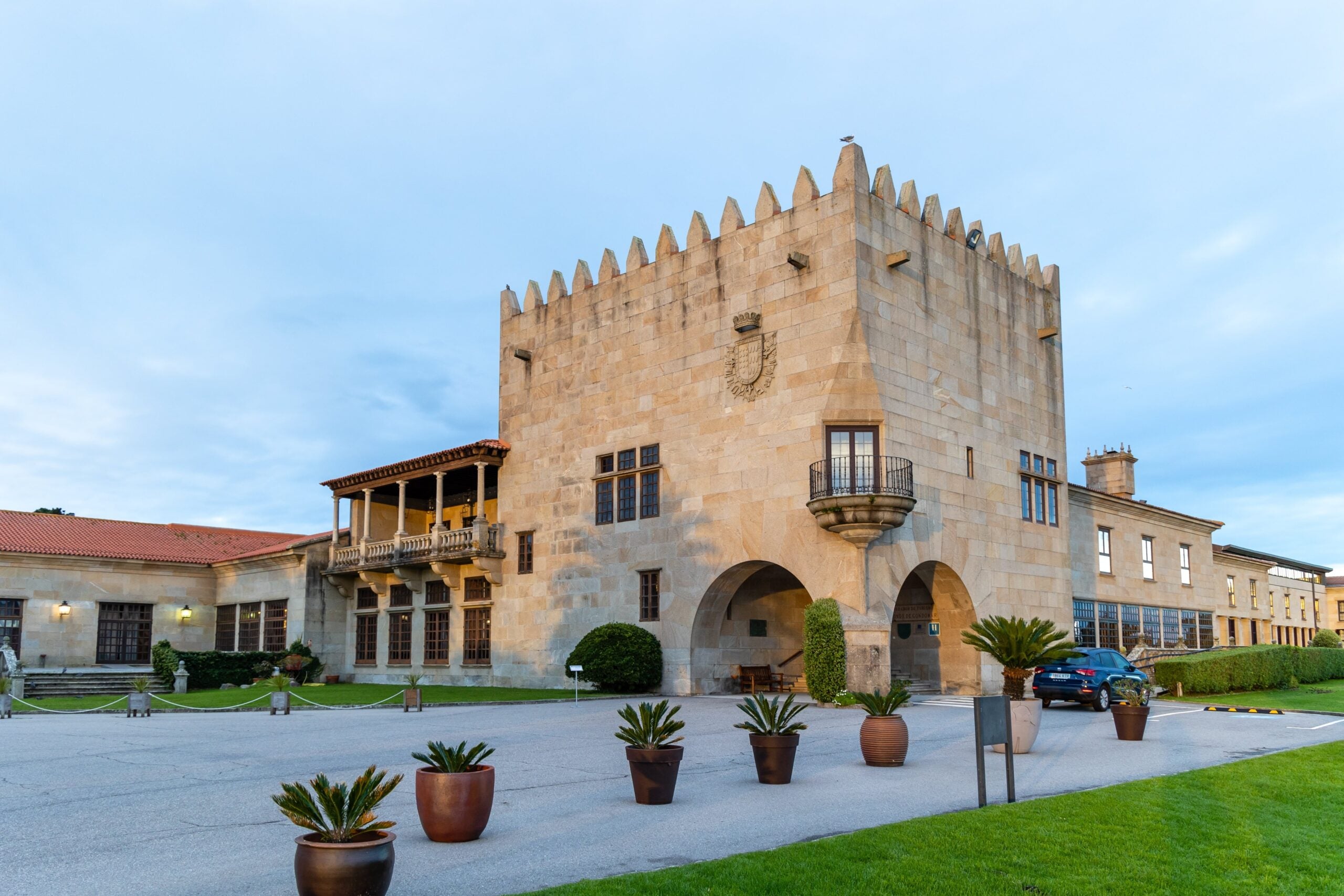
Day Two
Backroads prides itself on its options, well-thought-out alternatives that allow guests to vacation their way and at their level. “There’s no shame or pressure,” our guides say over and over again as they give us the morning route talk, outlining the various alternatives. Planned as a continuum, the daily hikes have been conceived with logical endpoints, permitting walkers the option to do as much or as little as they like, while still providing a full cultural and athletic experience.
Today’s program includes an array of hikes within a hike (as it were) with walk totals ranging from 2.5 to 9.1 miles. They comprise a variety of elevations and terrains. Historical villages, eucalyptus and pine trees, and a charcuterie picnic beside crystal-clear waters figure prominently in today’s footslog. But, I’m besotted by the animated vendor we meet who takes our quest seriously — as he does with each pilgrim who passes. He sells us scallop shell necklaces, stamps our Camino passports and rings a bell — meant to symbolize our intention as we continue on our journey toward Santiago.
Today, my husband and I cast aside our competitive spirit to forego the day’s finale: an uphill four-mile hike through the village of Labruja. Our reward for quitting early is a swim in Torre de Gomariz’s vineyard-rimmed pool, glasses of the hotel’s vineyard’s wine and the chance to watch the grape harvest from our lounge chairs.
Total distance walked for the day: 7.1 miles (plus lap swimming for our sins)
Day Three
The scallop shell came to embody the Camino experience for a variety of reasons. Most poetically, its ocean-whittled, vertical veins symbolized the myriad paths to Santiago, trails that run parallel, that overlap
and snake from far-flung outposts before converging at last to zigzag to Santiago. Shell necklaces around our necks, we leave one Camino route (the Central Portuguese Way) to experience another (the Coastal Camino), renowned for its rugged beaches and roiling seas. Crossing the border into Spain, one step closer to Santiago, we crest a formidable hill to discover the ruins of a Celtic settlement, dating back 2,000 years.
Afterward, pocketed into a forest, we scramble for miles along a labyrinthine, downhill path that opens — at last — to the ocean. When we arrive at Guarda, a charming Galician fishing hamlet, we join locals at a waterside cafe for a well-earned seafood feast. Our day ends in Baiona, a captivating medieval city where we check into the Parador de Baiona, a luxury hotel ensconced in a centuries-old fortress, complete with castellations, turrets and belfries.
In the evening, my husband and I walk deep into the city on a tapas expedition. We go from bar to bar, sipping Albariño and Godello wines from adjacent vineyards and nibbling olives, empanadas and mussels. When the fulgent harvest moon — close enough to touch — emblazons the night sky, as bold as a gilded pumpkin, we follow its light back to our castle hotel.
Total distance walked for the day: 9.3 miles
Day Five
While I love the prayer-like ambience and meditative solitude of the less-busy Camino Portugués, I admit to feeling exhilarated once we set foot on the Camino Francés. As the classic route into Santiago from France, its 500-ish miles set the timbre for the epic walk toward transformation that attracts most Camino hikers in the first place.
Hundreds of thousands trek the French Way each year, and though that makes the trail busy, it never seems odiously overcrowded. All sorts of pilgrims, speaking every imaginable language, of all ages, demeanors and fitness levels, hike this track. I’ve seen grade school students en masse with their teachers, elderly solo travelers, groups of girlfriends, nervous bikers, couples holding hands, people with crutches and at least one child being pulled in a wagon by a donkey.
The contagious vivaciousness, the combined yearning, the adrenaline and the euphoria fuel everyone’s walk. Meadows, orchards, farms, mountains, ocean cliffs and forests constitute extraordinary terrain, all of it peppered with tiny inns, lost-in-time villages, restaurants and shops set between long expanses of sublime nature. We walk to a small village to picnic, then sashay gleefully to the final descent into the city from the Mount of Joy. Below, the cathedral’s spires gleam like sunlight on gold, hypnotically gesturing us forward.
Suddenly, with a mob of like-minded souls from around the world, we tread right into the city over the cobblestones, through the serpentine streets. The cathedral looms large, emitting a palpable energy. As one, with all these strangers who now feel like family, we stroll right up to the cathedral. Girded by the surrounding ancient square, we face the cathedral, awestruck. We stop to stare at its soaring walls. Speechless, we just feel. A woman next to us falls to her knees and begins to sing Amazing Grace. She says everything we couldn’t put into words.
Total distance walked for the day: 9.9 miles
Day Six
Today we walked backwards. We foot it from our hotel to a path that leads to what many consider the extra route — a walk all the way to the sea to Cape Finisterre, the Camino’s grand finale, something most pilgrims don’t do. The final trek to a westerly promontory that many cultures considered the end of the world for its far-flung latitude, Finisterre provided bygone walkers some extra insurance. Walk all the way there, and surely prayers would be answered. We step onto the trail but hike in the opposite direction, three miles back into Santiago.
In town, we shop for azabache, the famous jet-black Santiago stone said to offer protection and good luck. With our Backroads group, we take a tour of the city that gives us VIP access to the cathedral. Later, we lunch in cavern-like cafes, eating mariscos and sipping local beer and more Albariño and Godello wines.
Finally, we attend the legendary Pilgrim’s Mass — the pièce de résistance for many who walk into Santiago. A joyous exultation that celebrates the act of discovery, an homage to history as well as one’s efforts on the trail — despite diverse spiritual beliefs — the Mass seals all the shifts and transformations that have occurred on the Camino, a bit like savasana after a yoga practice. At the end of Mass, the botafumeiro (an immense incense burner), swings through the air from the ceiling, dramatically swaying across the length of the naves. Executed by a team of figures clad in red medieval clothes, the golden botafumeiro reaches a speed of 42 mph in only a minute and a half. Meant to surprise, this quixotic ritual, a custom since the 12th century, continues to amaze. We leave humbled, reset and grateful.
Total distance walked for the day: 6.2 miles
From $5,449 per person. Contact backroadsguestservices@backroads.com, +1 800 462 2848, backroads.com


